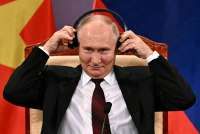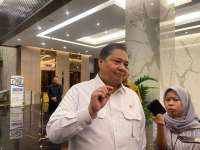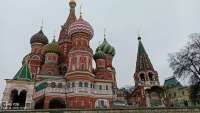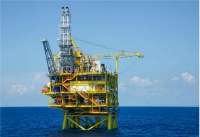The central bank is due to review its stance at a scheduled semi-annual policy meeting in April, when it was widely expected by economists to tighten again.
The Singapore dollar strengthened to 1.3425 versus the U.S. dollar, its highest since October 2021.
Read Also: Indonesia Reopens Islands to Singaporean Tourists
'DOUBLE TIGHTENING'
Singapore's bellwether economy is expected to grow 3-5%, unchanged from earlier forecasts.
"2022 will be year of double tightening for Singapore - both fiscal and monetary levers will grind tighter," said OCBC's Ling.
The MAS expects Singapore's economic recovery, which has so far been led by the trade-related and services sectors, to extend to the domestic-oriented and travel-related sectors this year as COVID-19 restrictions are eased.
Singapore has vaccinated 88% of its 5.5 million people against COVID-19 and 55% have received booster shots.
The MAS forecasts core inflation to be 2.0–3.0% this year, from the 1.0–2.0% expected in October. Headline inflation is expected to be 2.5–3.5%, from the earlier forecast range of 1.5–2.5%.
Read Also: Thailand Approves $1.6 Billion Measures to Help Consumption, Tourism
"While core inflation is expected to moderate in the second half of the year from the elevated levels in the first half as supply constraints ease, the risks remain skewed to the upside," the MAS said.
Singapore will release its annual budget on Feb. 18, when the government is expected to announce the timing for an anticipated hike in goods and services tax.
The city-state's economy grew 7.2% in 2021, its fastest pace in over a decade, rebounding from a record 5.4% contraction in 2020. The government has spent more than S$100 billion over the last two years to cushion its economy from the impact of the pandemic.
Instead of interest rates, the MAS manages policy by letting the local dollar rise or fall against the currencies of its main trading partners within an undisclosed band.
It adjusts its policy via three levers: the slope, mid-point and width of the policy band.
/2021/09/05/1237841395p.jpg)









